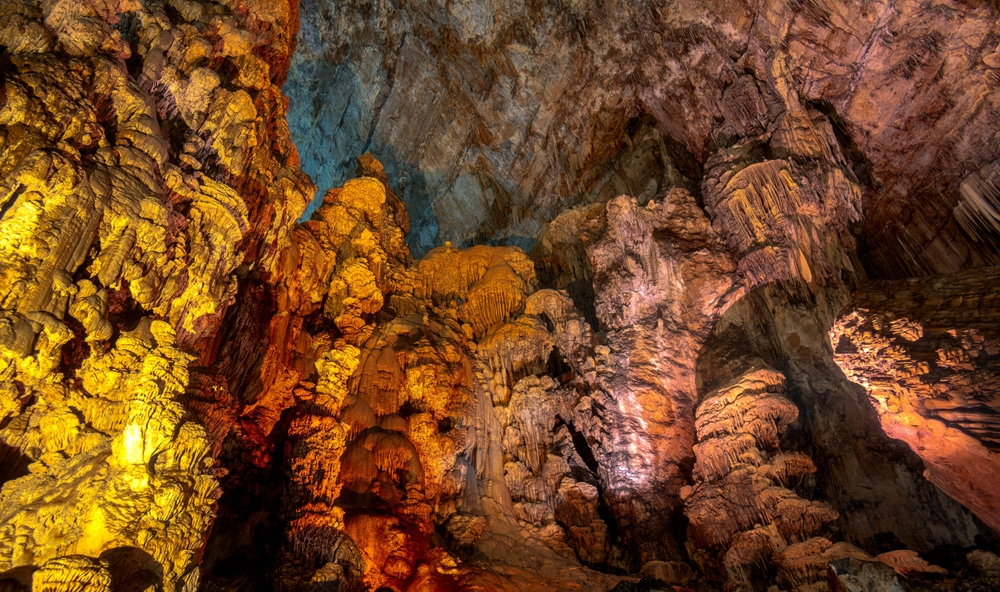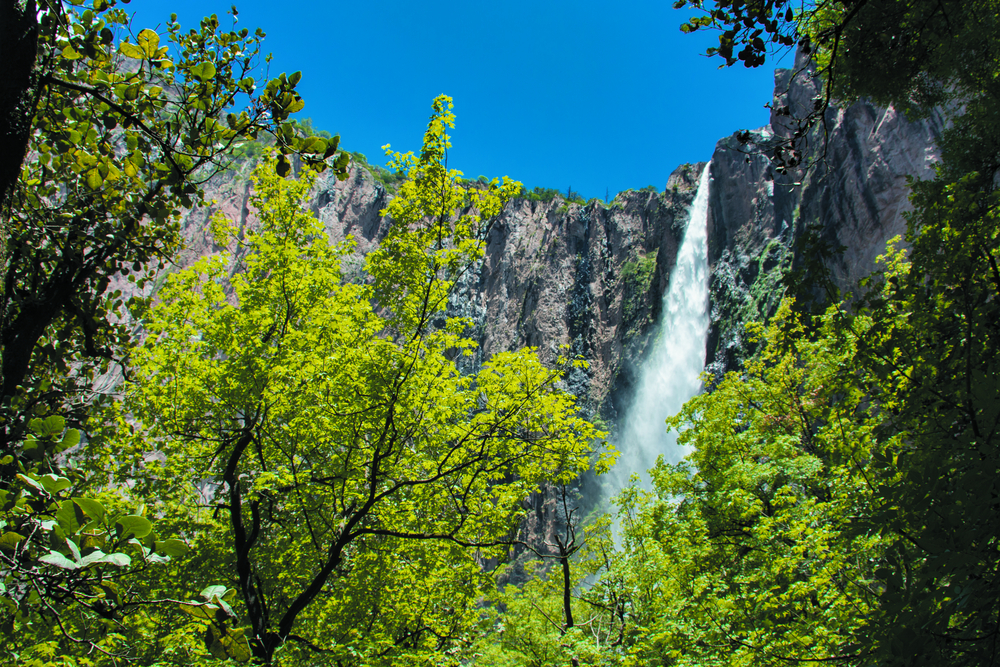Insurgente Jose Maria Morelos Y Pavon Overview
Insurgente José María Morelos y Pavón National Park, locally known as Parque Nacional Insurgente José María Morelos y Pavón, is a protected natural area located in the state of Michoacán, Mexico.
Established on February 22, 1939, the park spans approximately 71.92 square kilometers (27.77 square miles) within the municipalities of Charo and Tzitzio. Situated about 23 kilometers east of Morelia, the state capital, the park is nestled in a region of the Trans-Mexican Volcanic Belt known as the Sierra de Mil Cumbres or Sierra de Otzumatlán.
The park’s terrain is characterized by a diverse landscape of hills, mountains, and stream valleys, with elevations ranging from 1,340 to 2,640 meters above sea level. This varied topography supports a rich array of vegetation, including oak forests, pine-oak forests, and riparian forests.
Notable water features within the park include springs such as El Puerto de la Conveniencia, Ojo de Agua La Laja, and Ojo de Agua de Los Tepetates, which contribute to the El Salto stream and waterfall.
The park is home to a wide variety of wildlife. Bird enthusiasts can observe species such as the banded quail (Philortyx fasciatus), buff-collared nightjar (Antrostomus ridgwayi), dusky hummingbird (Phaeoptila sordida), gray-barred wren (Campylorhynchus megalopterus), and red-headed tanager (Piranga erythrocephala). In total, 172 bird species have been recorded within the park.
Mammalian inhabitants include the Mexican cottontail rabbit (Sylvilagus cunicularius), white-nosed coati (Nasua narica), gray fox (Urocyon cinereoargenteus), coyote (Canis latrans), and white-tailed deer (Odocoileus virginianus). Additionally, the park supports 38 species of mammals, 18 species of reptiles, and nine species of amphibians, including four salamander species and five frog species.
Visitors to the park can engage in various recreational activities. The area offers opportunities for camping, hiking, and horseback riding, with several rustic eco-tourism sites and cabins available for lodging. The park’s diverse trails cater to different skill levels, allowing visitors to explore its natural beauty and observe its rich biodiversity.
Despite its natural splendor, the park faces conservation challenges. Unauthorized logging on privately owned lands within the park poses a significant threat to its ecosystems. Additionally, water pollution affects the quality of the park’s aquatic habitats.
Efforts by the National Commission of Natural Protected Areas (CONANP) and local communities aim to address these issues through sustainable management practices and environmental education programs.
Insurgente José María Morelos y Pavón National Park offers a unique blend of natural beauty, rich biodiversity, and cultural significance, making it a valuable destination for nature lovers and history enthusiasts alike.













































































